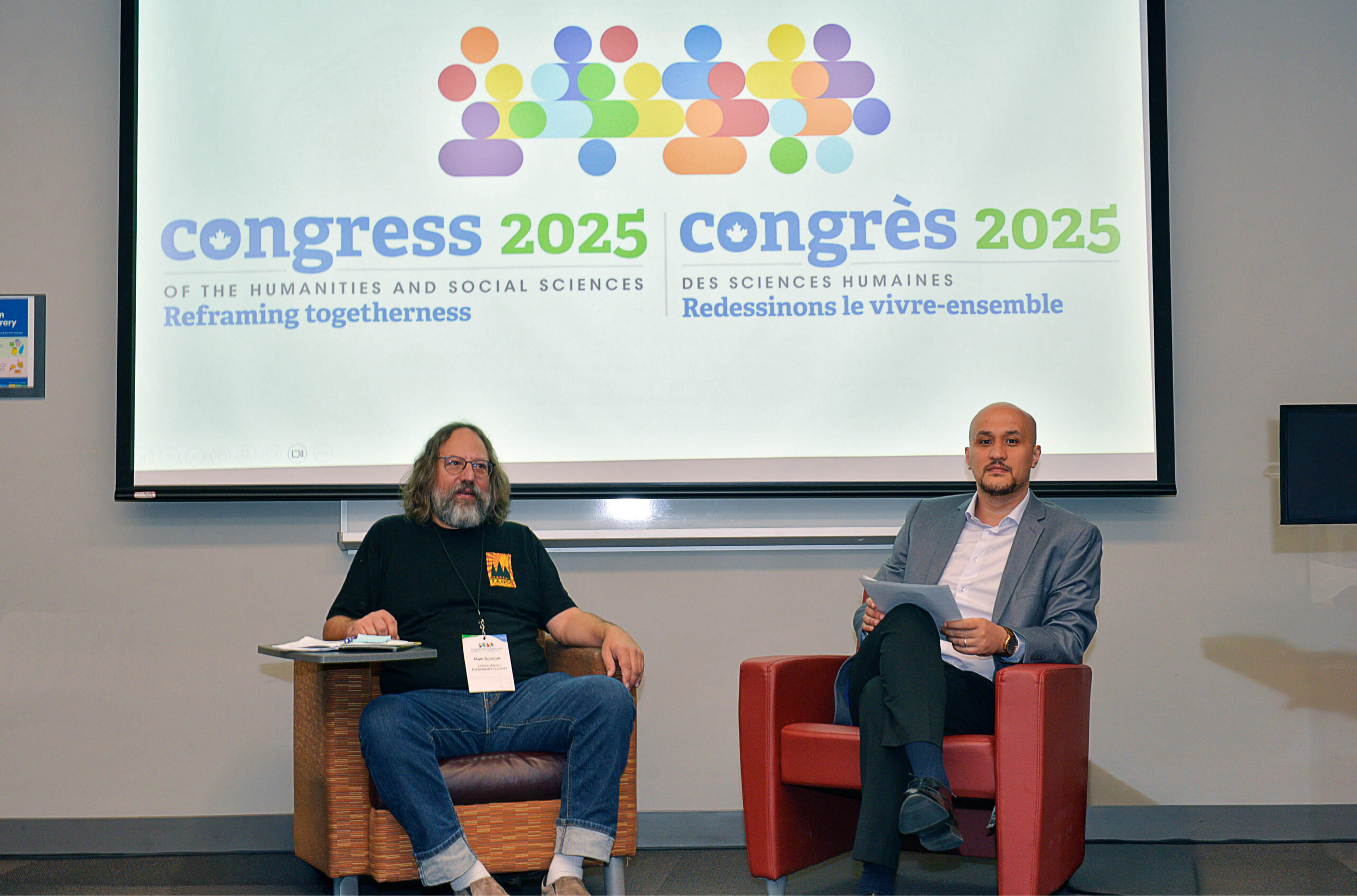“Mission-driven” is not a bad word
When non-scientists help set research priorities, society can tackle big problems together.

When the 2024 federal budget announced the creation of a new capstone research funding organization to help advance internationally collaborative, multi-disciplinary, and mission-driven research, it provoked many questions among academic circles.
Greater emphasis by research funders on coordination and mission has been perceived to be at odds with the foundations the scientific enterprise: curiosity- and discovery-led fundamental research. Some of these concerns are justified. But given the gaps in our common understanding of the way science and research contribute to productivity and prosperity in our communities, the worry may also be ill-informed.
In fact, evidence suggests that mission-oriented research and innovation have a central place in the support system for science we need to tackle wicked problems and global challenges, and to create economic and societal well-being. This is the motivation behind the Canadian Forum for Social Innovation, the third edition of which will take place at Dalhousie University in Halifax next week, 2-4 June.
Critics worry that mission-oriented innovation will tip the balance between the funding that goes toward fundamental research versus applied research in favour of the latter. Assuredly, we need more money for all science. Canada’s current investment in science is strikingly lower than the OECD average (2.7 per cent of GDP), and equivalent to that of Czechia (1.8 per cent of GDP). But should the proportion of funding directed toward projects that leave scientists with the freedom to pursue their own objectives be higher than the proportion whose objectives are set by other means — and, if so, why?
Some argue that academic freedom is indissociable from the idea that fundamental science is good in itself, and that curiosity-driven scientists are in the best position to determine which questions and problems they should be tackling. The prospect of government making choices as to what has value for science raises concerns.
But mission-oriented innovation policy does not need to depend on government priorities. In some countries, missions are prioritized through extensive citizen and stakeholder consultations, and through processes that involve the research community. This is the case in Sweden’s innovation agency, Vivonna, which employs collective agenda-setting and mission co-definition. In fact, Mark Carney’s Liberals ran on a platform that reconfirmed the creation of a capstone organization that would enable mission-driven research that brings Canadian expertise to big global challenges and is aligned with current trends in Europe and the UK.
Likewise, it’s not clear to me how an approach to science primarily designed to support high levels of interdisciplinary collaboration around societal priorities — and to engage stakeholders in co-creation, deliberation and consultation — would compromise academic freedom.
The real issue, in my opinion, is that mission-driven innovation policy challenges current academic norms at their core: It is inherently interdisciplinary; adamantly focused on collaboration with partners across sectors; and driven by an imperative to generate meaningful impact for all those involved. It furiously and intentionally blurs traditional lines between researchers, funders and stakeholders to shape both the supply and the demand sides of research.
Mission-driven research — which often shows up under the label of “social innovation” —requires investigators and their teams to frame research questions in a way that does justice to the perspectives of all those involved, especially the users of the research and knowledge. It leverages interdisciplinary and cross-sectoral expertise, knowledge, best practices and tools. It establishes co-creation as a core principle, involving adequate and often iterative prototyping and testing. It forces investigators to articulate the intended impact of their work, and to co-operate with partners to move beyond research and see ideas, tools and solutions put to meaningful use.
Let it be clear: Canada’s investment in research and higher education needs to grow, but it also needs to transform the way we do science, and this requires researchers to think beyond the current paradigms. Mission-oriented research enables scientists to tackle societal challenges across entire ecosystems and to support industrial strategies designed to create not only personal or corporate revenue, but prosperity for entire communities.
When it comes to responding to mounting inequalities, the opioid crisis, the exponential development of AI and the global need for sustainable housing and transportation, curiosity and discovery cannot be the sole values that drive our science strategy. Solutions to these complex issues require intentional, well-planned interdisciplinary collaboration within the scientific community and strong connectivity with those who use the research, and society at large.
Featured Jobs
- Canada Excellence Research Chair in Energy TransitionsUniversité du Québec à Trois-Rivières (UQTR)
- Canadian Politics - Assistant ProfessorUniversity of Toronto
- Education - Assistant Professor (Distance Education)University of Toronto
- Canada Excellence Research Chair in Forest Biodiversity Conservation (Full Professor)University of New Brunswick









Post a comment
University Affairs moderates all comments according to the following guidelines. If approved, comments generally appear within one business day. We may republish particularly insightful remarks in our print edition or elsewhere.